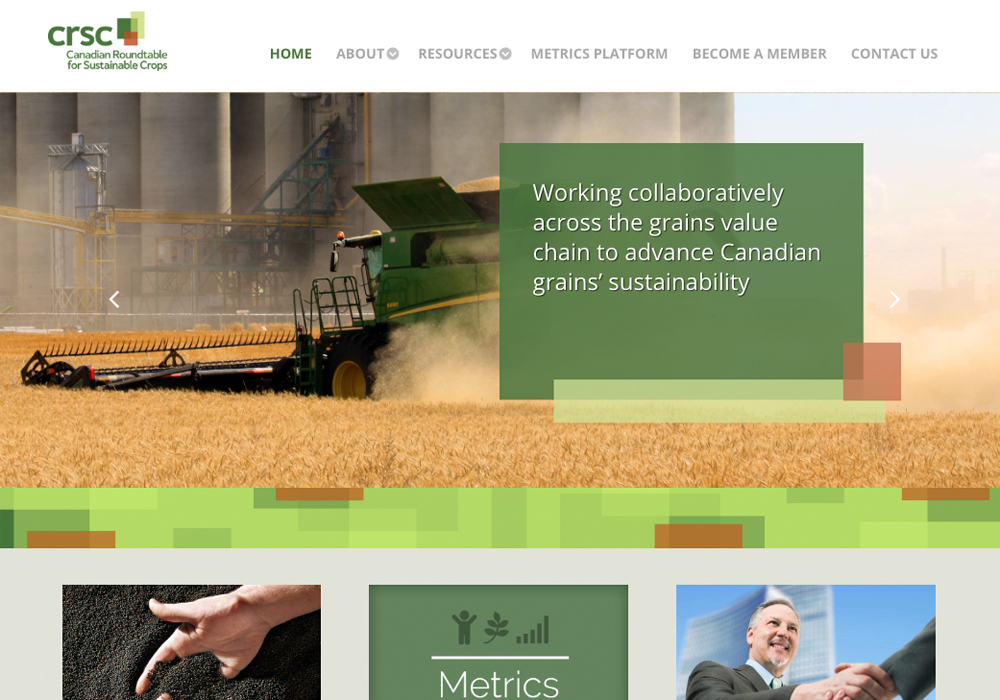The quest for a code of practice governing grain growing is admirable, but the result will be a complex document that may cause farmers to adopt some of these practices whether they like it or not.
The Canadian Roundtable for Sustainable Crops plans to consult with producers, farm organizations and scientists to develop a code of practice for crops over the next 30 months.
The roundtable is the right organization for this, since its metrics considers, among other things, nutrient management, economic viability, and soil health and productivity.
Read Also

Proactive approach best bet with looming catastrophes
The Pan-Canadian Action Plan on African swine fever has been developed to avoid the worst case scenario — a total loss ofmarket access.
The impetus for this is social licence, which is a marketing initiative – some now say imperative – but which is still a bit fuzzy for producers.
Cereals Canada President Cam Dahl said he once met a farmer who told him he never wanted to hear the word sustainability again. That word, some think, means more red tape and bureaucracy.
Still, in explaining the need for a grain growing code of practice for sustainability, Dahl has his ducks in a row. He notes that farm practices are becoming an important element of the marketplace. Consumers are demanding more information on food production, and a code of practice will provide readily available information. It will also serve as a guide for farmers.
Yet there are significant challenges, aside from just balancing sustainability and farm economics.
Dahl has said grain growers should follow the example of livestock producers, who have long had codes of practice.
Livestock has been under the microscope for years, so producers were driven by necessity, as videos of animal mistreatment surfaced.
Still, unlike the diverse conditions under which grain is grown, livestock faces pretty much similar demands, save perhaps diet and disease.
That is not the case with crops. Grain growing has a lot of variety, depending on moisture, weather, soil nutrients, the amount of sunlight, and the type of seed being grown for the conditions – even whether producers have bills to pay (meaning they have to get that crop in from the fields regardless of the conditions).
As well, suggested practices have a way of being adapted into legislation, or they can be demanded by grain buyers and customers, forcing farmers to adopt practices that may not be practical in a given year.
And how does one advise on practices for growers in the Red River Valley, where there is more moisture, versus growers in the Peace Country, where there is a shorter growing season?
A code of practice is likely to advise on glyphosate use, reduced tillage and stubble burning, but in certain conditions, reality dictates what course of action to take.
The matrix for a grain code of practice will be more complex than for livestock. If some farmers cannot follow all the suggested practices in a given year, what happens when they go to sell the grain and cannot swear to following all those guidelines? Will their grain be worthless? Will otherwise good quality grain be reduced to feed?
Canadian grain has faced scrutiny in several countries including, China, Peru, Vietnam and Italy, but it’s debatable whether providing proof of good farm practices would matter in Italy, or China, where environmental sustainability is playing second fiddle to politics.
The code of practice will be voluntary, so there won’t be paperwork, but adherence to the plan will be tracked at a national level. How effective that will be in addressing social licence concerns remains to be seen.
Still, if one subscribes to the belief that it’s better to try now than to wait for the market to demand this, then the initiative is a worthy effort.
Karen Briere, Bruce Dyck, Barb Glen, Brian MacLeod and Michael Raine collaborate in the writing of Western Producer editorials.

















